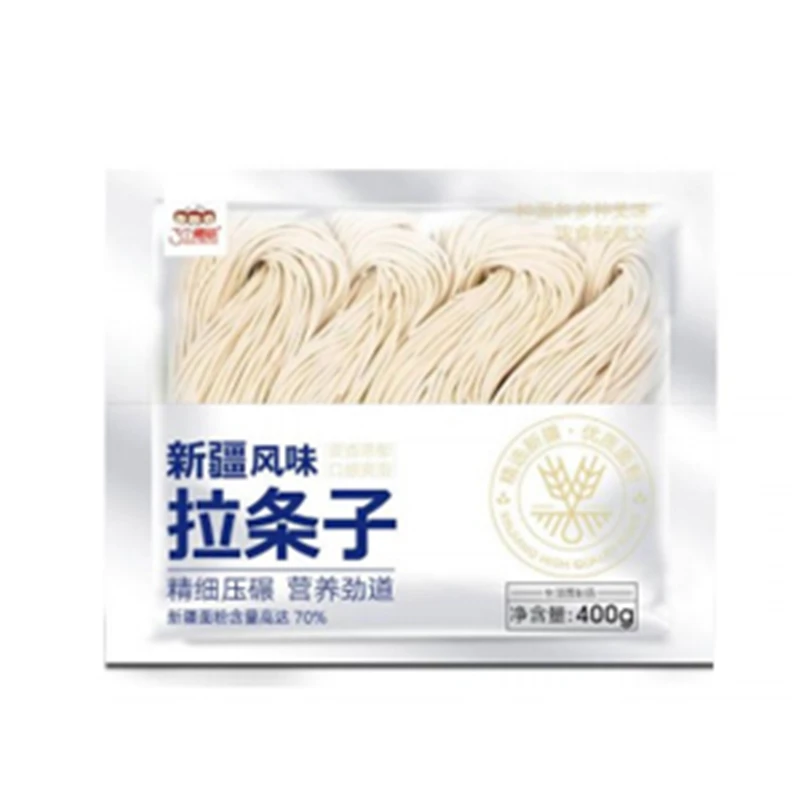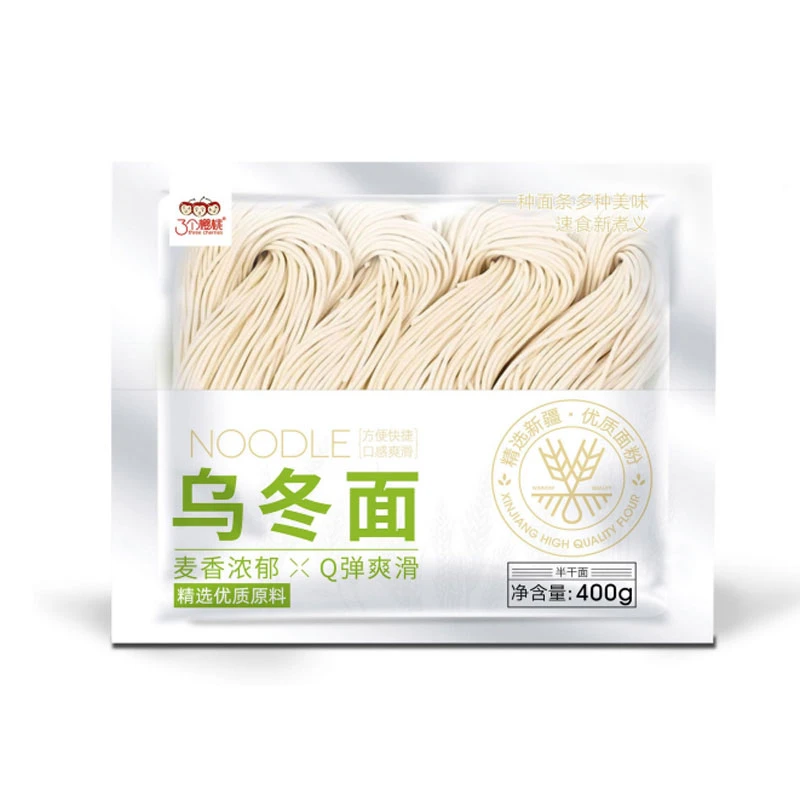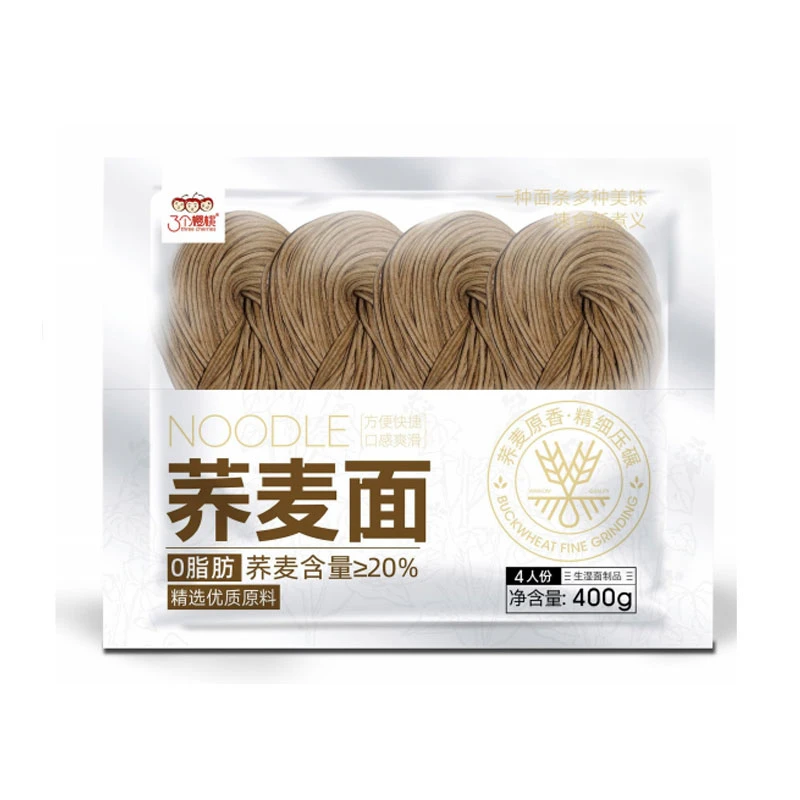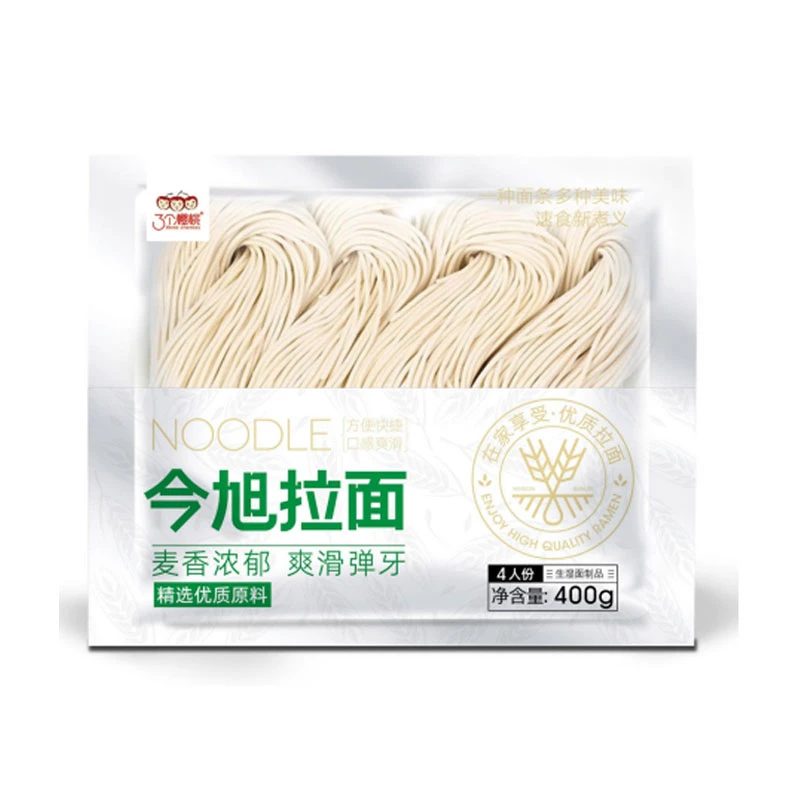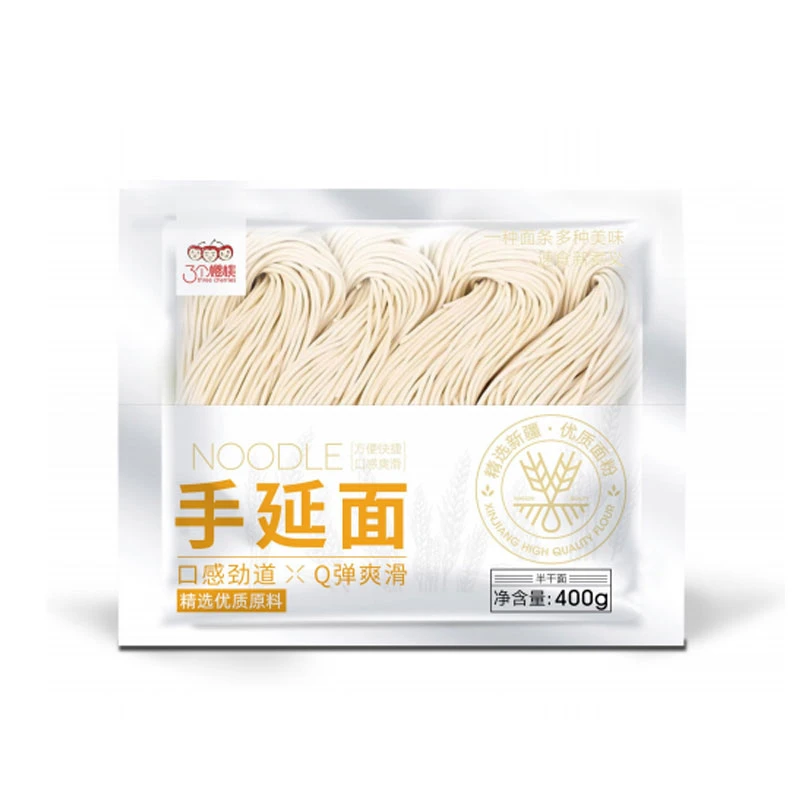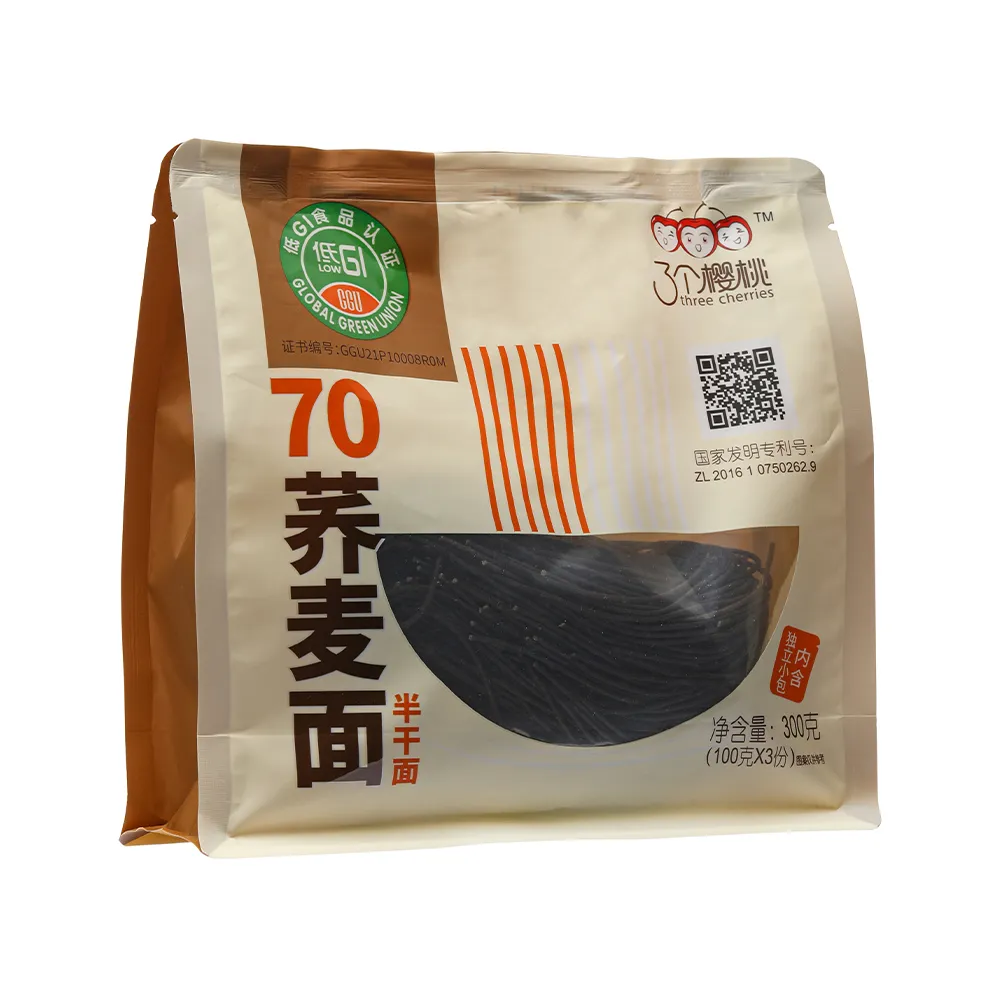japanese style buckwheat noodles
The Art of Japanese Style Buckwheat Noodles A Cultural and Culinary Exploration
Buckwheat noodles, known as soba in Japanese, have been a staple of Japanese cuisine for centuries. These thin, versatile noodles made primarily from buckwheat flour carry with them a rich cultural significance and a unique flavor profile, making them an integral part of both traditional and modern Japanese diets. This article delves into the history, preparation, and cultural importance of soba, as well as some popular dishes featuring these delightful noodles.
A Brief History of Soba
The roots of soba can be traced back to the Edo period (1603-1868) in Japan, where it gained popularity among the urban population, particularly in Tokyo (then Edo). Buckwheat, which is a hardy and nutritious plant, thrived in Japan’s mountainous regions, providing a reliable source of food. Over time, soba became more than just a meal; it evolved into a symbol of endurance and resilience, believed to bring good fortune and health.
Traditionally, soba noodles were crafted by hand, a process that involves mixing buckwheat flour with water and rolling it out to achieve the desired thinness. While techniques have evolved, many artisans still practice the art of handmade soba, emphasizing the craftsmanship and dedication involved in creating these noodles.
The Soba Making Process
The preparation of soba is an intricate art that requires skill and precision. The primary ingredient, buckwheat flour, is often mixed with a small percentage of wheat flour to improve the noodles' elasticity. The ratio of buckwheat to wheat flour can vary, with 100% buckwheat noodles being gluten-free and possessing a unique texture and flavor.
Once the dough is optimally mixed, it is rolled out and cut into thin strands, which can vary in thickness depending on regional preferences. The noodles are then cooked in boiling water for a short period, usually around four to five minutes, before being rinsed under cold water to stop the cooking process and remove excess starch.
Culinary Versatility
japanese style buckwheat noodles

Soba noodles are incredibly versatile, enjoyed in a variety of dishes that highlight their unique flavor and texture. One popular dish is zaru soba, where the cold noodles are served on a bamboo mat alongside a dipping sauce made of soy sauce, mirin, and dashi. This refreshing dish is particularly popular during the hot summer months, providing a light and nutritious meal.
Another cherished preparation is soba noodles in hot broth, often served with toppings such as tempura, green onions, nori, and a soft-boiled egg. This comforting soup is a winter favorite, warming both the body and soul.
Soba can also be incorporated into salads or stir-fries, showcasing its adaptability beyond traditional dishes. The earthy flavor of buckwheat pairs wonderfully with various ingredients, making it an excellent choice for both simple and elaborate culinary creations.
Cultural Significance
Beyond its delicious taste, soba carries profound cultural meanings in Japan. Eating soba on New Year's Eve is a time-honored tradition known as toshikoshi soba. This practice symbolizes letting go of the hardships of the past year while welcoming the new one with a renewed sense of hope and fortune. The long shape of soba noodles represents longevity, making it a beloved dish during celebrations.
Moreover, soba shops, or soba-ya, have become iconic throughout Japan. These establishments range from casual eateries to high-end restaurants, each offering their take on this beloved noodle. Visiting a soba-ya is not just about enjoying a meal; it's about experiencing a slice of Japanese culture, where craftsmanship, tradition, and community come together.
Conclusion
Japanese style buckwheat noodles, or soba, are a fascinating culinary delight steeped in history and culture. Their versatility, nutrition, and delicious flavor make them a favorite among locals and a point of interest for those exploring Japanese cuisine. As we appreciate the artistry involved in soba making and the rich traditions surrounding it, we celebrate not only a dish but a vital component of Japan's cultural identity. Whether enjoyed cold in the summer or hot in winter, soba encapsulates the essence of Japanese culinary philosophy—simplicity, quality, and respect for ingredients. So next time you savor a bowl of soba, take a moment to appreciate the heritage and artistry that lies within each strand.
-
Is Whole Wheat Pasta Healthy?NewsMay.30,2025
-
Are Soba Noodles Good for Weight Loss?NewsMay.30,2025
-
Are Buckwheat Soba Noodles Healthy?NewsMay.30,2025
-
Are Buckwheat Soba Noodles Gluten Free?NewsMay.30,2025
-
Are Buckwheat Noodles Good for You?NewsMay.30,2025
-
A Healthy Way to Savor Soba and Spicy FlavorsNewsMay.30,2025
-
What Are Lanzhou Noodles?NewsMay.30,2025
Browse qua the following product new the we












































































































